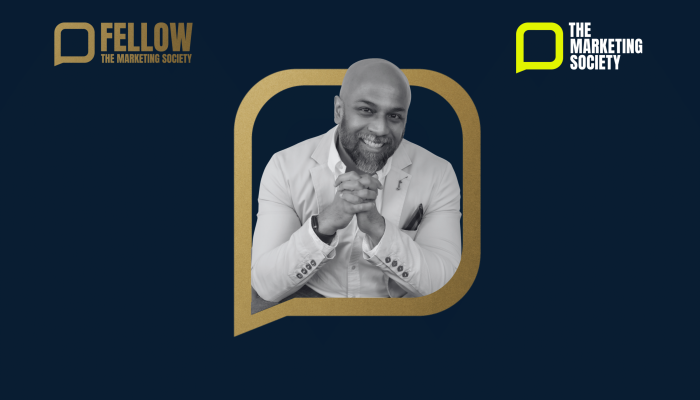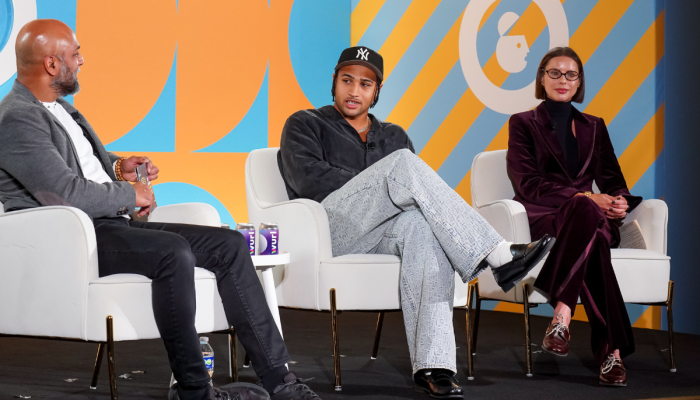It seems like there’s never been a more precarious time to be a CMO. While average tenure has increased in the past decade, from 27 months in 2007 to 44 months in 2017, it can sometimes feel like a pyrrhic victory.
Technology has changed the role and forced CMO’s to learn whole new skills or perish; the AI future-that-is-coming will further diminish the marketing function as it renders some positions obsolete; the focus on revenue and performance threaten to overshadow the need to build a brand and with it strategic and sustainable growth. The rise of other C-level roles like Chief Revenue Officer and Chief Experience Officer, not to mention the new influence that the Chief Technology Officer, have further chipped away at the mighty CMO.
Into this breach, The Marketing Society bravely and gamely waded with a panel discussion about Leading with Talent. On May 16, CMOs from five critically important companies (Alicia Tillman, SAP, who was also the gracious host for the morning; Ed Dandridge, AIG; Elizabeth Rutledge, American Express; Meg Goldthwaite, NPR; Michael Joseloff, Fortune) and a senior recruiter from Spencer Stuart (Richard Sanderson) were challenged to address this future by moderator Margaret Molloy (Global CMO, Siegel+Gale and Chair, The Marketing Society NY Hub).
The resulting hour was an insightful and open discussion that started with a look at the past (everyone’s career journey was unique and highlighted that there is no natural path to the CMO role) and then moved to address the future. A future that, while challenged, everyone believes is flourishing, thriving, and successful. Perhaps the reports of its death have been exaggerated, the panel seemed to conclude.
But no doubt, the times they are a-changin. Current CMOs, as well as future ones, must adapt and so, some key insights from our panelist that live at the frontlines:
Know your numbers.
Don’t let your department be defined as simply a cost center. Measure everything and let everyone know how marketing drives revenue. Marry brand marketing to performance marketing. The balance between these will vary depending on size and age of company, but it must always be a considered strategy.
Be a student of technology.
Test new platforms. Hire for gaps in your expertise. Embrace the opportunities that technology provides for greater measurement, better targeting, and more efficient campaigns. But ensure that everyone understands how it’s all in service of the customer and the brand.
Relationships are more critical than ever.
While everyone agreed that the CEO was hugely important, the CTO and CFO have become almost more so. As has forging strong relationships with external clients. The greater opportunity is for the CMO to function as the linchpin of an organization, bringing together disparate disciplines and aligning all against strategy and brand.
Diversity and inclusion take many forms
and are necessary to unlock an organization’s true potential. Safeguard against the tendency to hire yourself. Look to your (current and future) customer set for guidance.
Ultimately, the event matched its surroundings (the spectacular 52nd Floor at SAP’s headquarters in Hudson Yards): as CMOs we’re entering a bold new world, and the horizon stretched in front of us is at once exciting and exhilarating, if a bit scary. Like all good things are.
By Adriana Rizzo, vice-chair Marketing Society New York



